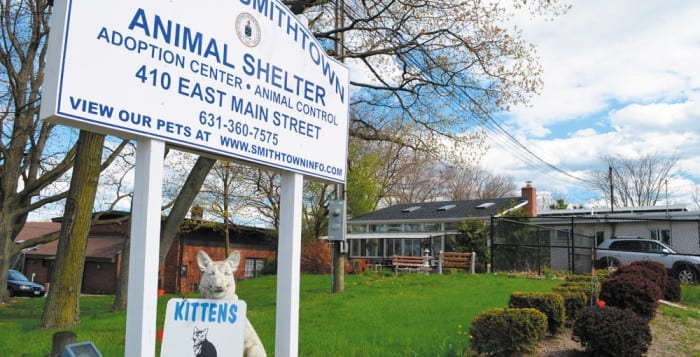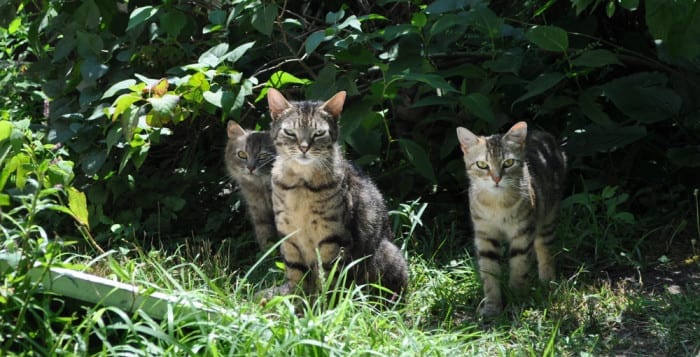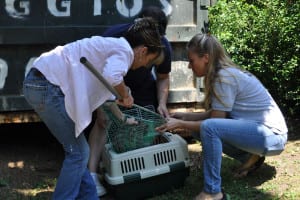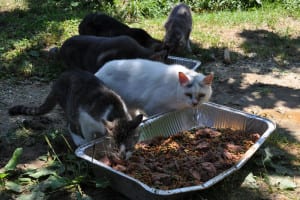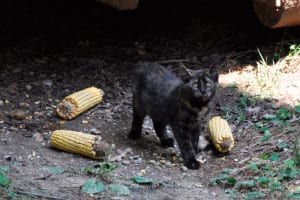The director of the Smithtown Animal Shelter will be stepping down from his position at the end of next month, town officials said.
Town Supervisor Pat Vecchio (R) publicly announced the resignation of shelter Director George Beatty, 62, at a Town Board meeting last Thursday night, citing the recent death of Beatty’s wife as a catalyst to his decision to vacate his post. Beatty, who has been at the helm of the shelter for more than 30 years, has been at the center of controversy for many months in Smithtown as residents have consistently used Town Hall meetings as public forums to question his conduct, leadership and performance.
“I know many people would like to know the status of the animal shelter’s supervisor, Mr. Beatty,” Vecchio said at the Town Board meeting. “Two weeks ago, he lost his wife. It put some burden on him, as he takes care of his grandchildren.”
Vecchio said Beatty submitted his letter of resignation to the board earlier this month intent on retiring as of June 30. The audience at the meeting started applauding and cheering. The letter, dated, May 19, was short but concise.
“I have enjoyed working for the town of Smithtown and its residents and very much appreciate all of your support,” Beatty wrote in the letter. “I will miss working at the animal shelter, and if I can be of any assistance during the transition, please let me know.”
It was unclear who would be replacing Beatty, officials said. Town Councilwoman Lynne Nowick (R) took on the role of animal shelter liaison earlier this year and has been working with an advisory board she established to enhance care at the shelter, usher in building improvements and work toward a 100 percent adoption rate.
She said at the meeting that Beatty had been working closely with her advisory board of experts, which included animal welfare experts Lucille DeFina and Diane Madden and animal welfare attorney Elizabeth Stein, and was helpful in moving the project forward.
“We’ve been meeting regularly with him,” she said. “George has been absolutely cooperative and we’ve been working together for some time.”
Residents have been accusing Beatty of animal neglect at the shelter and called for his removal from the facility. Beatty blamed a lot of the accusations on misinformation, rebutting claims that his shelter was not clean nor doing enough to care for and promote adoption of the animals.
He said over his nearly three decades at the helm, he has seen the Smithtown shelter’s population shift from a dog-dominated census to a cat-centric group now because of his team’s hard work.
An online petition at www.change.org also called for Beatty’s resignation. The online petition, which also links to a Facebook page calling for change at the shelter, blamed Beatty for animal neglect and requested the town form a committee to choose a new director, independent of the civil service list.
The shelter director said the petition was rooted in misleading information.
“I’m very truly upset — I was mortified by it,” Beatty said in a previous interview. “It would have been of no use to speak. I feel our side was very well spoken and professional. But as for the opposing side, it was apparent to me that they only wanted to believe what they wanted to believe. Nothing I said could have put them to rest.”

